About a month ago I saw notice from Timber Press about a new book that was now available, and I immediately got excited. You see, although they publish so many great books about nature, plants, and gardening already, many of them don't strike a chord with me. Books about plants and gardens are like the plants and gardens themselves, in that they're a personal thing -- sometimes a plant (or book) gets you excited, and sometimes it doesn't.
Well, Attracting Beneficial Bugs to Your Garden: A Natural Approach to Pest Control by Jessica Walliser got me excited! Perhaps it was because I really love insects -- they're one of my favorite things about a garden -- but it could also have been the fact that other than a stray hover fly, the odd house spider, and several fungus gnats I hadn't seen any insects for four months, but I immediately sent an email to Timber Press begging to be sent a copy to review.
To be honest, if they had refused me I would have purchased the book anyway, but a few days later a padded envelope arrived!
A quick flip through got me even more excited to start reading, as there were so many wonderful photos, and... well, I don't want to jump ahead.
I should mention that I don't like to read about an author before reading the book, as I don't want their credentials or past works to sway my opinion of the current one. In this case though I happened to see that Jessica has written about beneficial insects before, which probably explained why this one was so well organized.
She starts with some confessions: she used to spray a lot of insecticides, was once a bug hater, is not an entomologist. In other words, she's a lot like many (most?) of us gardeners!
After this, the basics: explaining what beneficial insects are and what they do. "I'll just skim this part..." I thought, as I already knew this: predators (ladybugs/lady beetles for instance), pollinators, parasitic wasps and similar -- but almost immediately I was reminded that we can always learn more: those technically aren't parasitic wasps, they're parasitoidal wasps! In simple terms a parasite feeds off its host but rarely kills it, while a parasitoid almost always ends up killing the host.
After seeing that I went back and carefully read the parts I had skimmed, and didn't skip another word.
Did I learn more facts in this first section of the book? Yes, I did. I didn't know that many (most?) predatory insects require nectar and/or pollen at some stage in their lives, did you?
The next section of the book gives profiles on many different bug families: flies, wasps, true bugs, beetles, etc. This section is filled with so much information, it's probably my favorite part of the book.
Besides giving names to many insects that I've seen but never identified, it gives details about their life cycles, what they eat, etc. -- a nice, solid summary of each type of bug. One thing I really love is that Jessica includes the approximate number of species occurring in North America.
As the photo above shows, there are over 480 different species of lady bugs (lady beetles) in North America! Guess how many species of fireflies? About 150! Praying mantids? About 20! I'll leave the rest for you to discover on your own, but I'll just say that the number of each is much higher than you'll ever guess.
Every so often these green-paged "articles" are inserted:
They focus on some interesting subtopic related to the main text of the book, and although I usually find this type of thing to be distracting, these worked very well, not so much interrupting the text as supplementing it. Nice!
After the bug guide comes the plants:
A guide to good plants for attracting, feeding, and sheltering the insects that we just finished reading about follows. Although I appreciate it being here, I have to admit that I was not as interested in it as I was the section on insects. I'll certainly come back to it though, as information on specific benefits of plants is always helpful!
The next logical step after reading about many different plants would be to find out how to use them in your garden, and that's exactly what you'll find here next:
Not only general philosophies and guidelines about how to create your own insect haven, there are also planting plans:
I've never been a big fan of these types of maps that suggest to you what to plant exactly where, and I'm not sure why. Perhaps it's because this representation of a garden is difficult for me to get excited about -- do I really lack the imagination to visualize this? Still, I'm glad this book contains several of these plans, as it's nice to have suggestions on where to start.
The next section of the book may actually replace the insect guide as my favorite part -- can I have two favorites?
It's a reference chart that lists what each type of bug eats and what to plant to support it! Sort of a summary of the rest of the book (if I'm allowed to greatly oversimplify). Very nice, and easy to find because the pages are all green.
A short section about buying beneficial insects (think lady beetles and praying mantis egg cases), lures to attract them to your garden, and similar topics ends the book -- but I haven't read that section yet so can't comment on it.
To summarize, Attracting Beneficial Bugs to Your Garden is a delight! Easy to read and entertaining yet packed with information not only on the beneficial insects themselves, but on the plants that can attract and support them, and on how to incorporate them into your garden. Highly recommended!
To close, here are my four book review questions:
Am I glad to have it on my bookshelf? YES!
Would I be disappointed if I misplaced it it? YES!
Will I read it again? YES! And I'll refer to it over and over again.
Would I give it as a gift? YES!
.

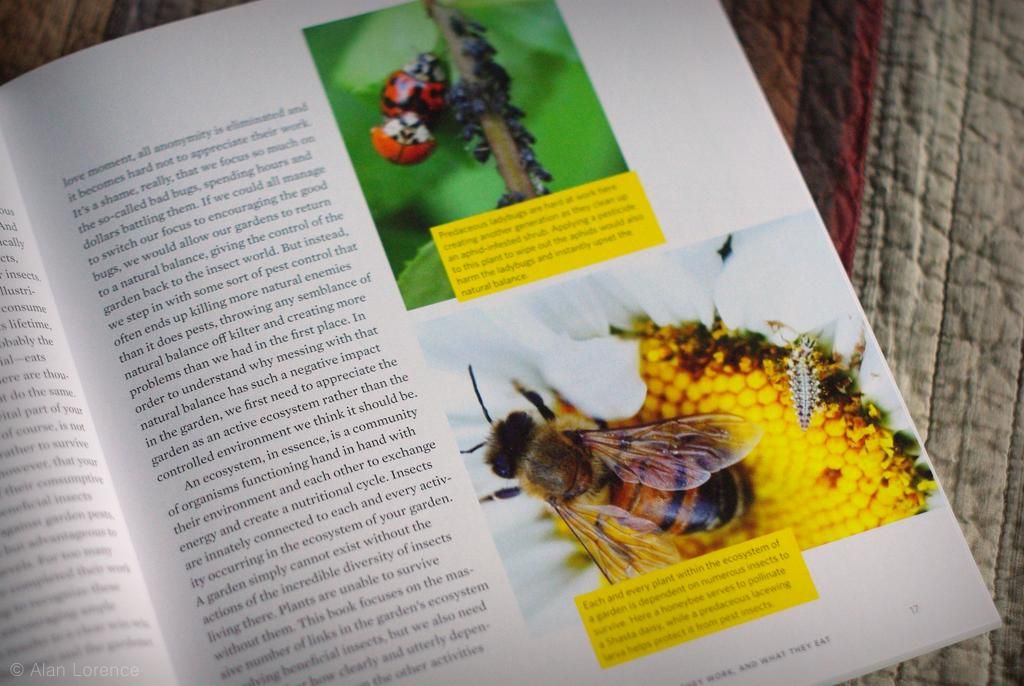



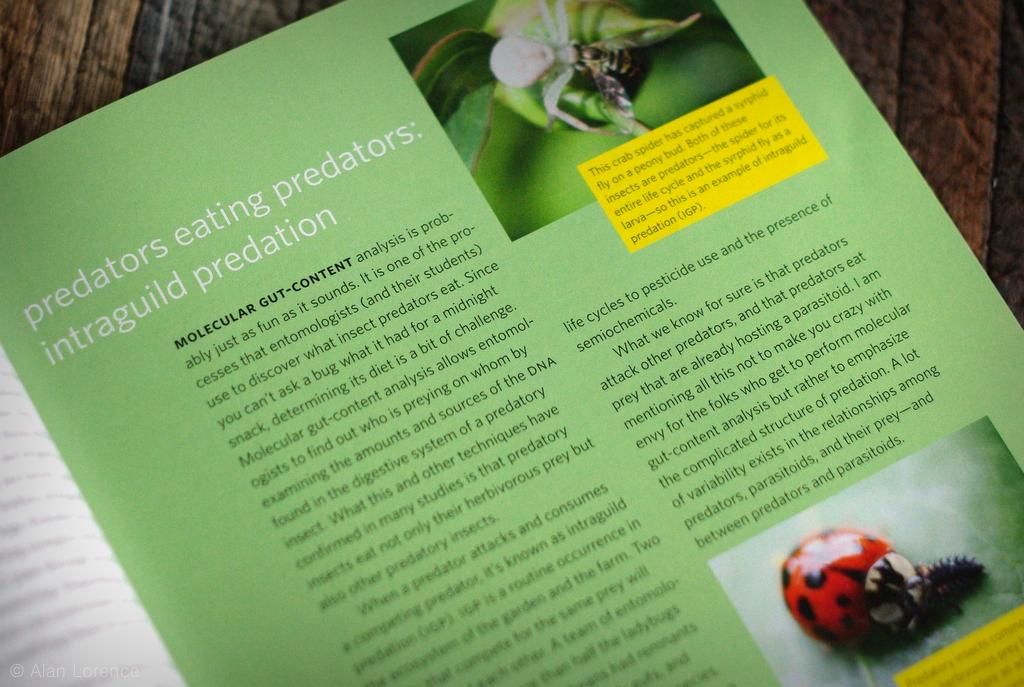
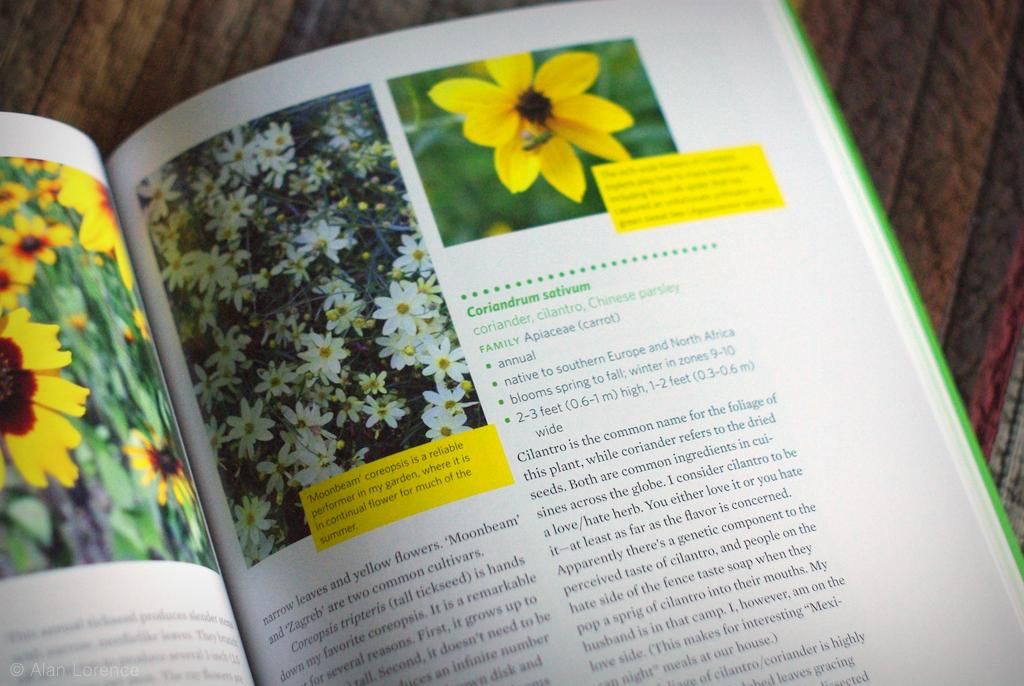
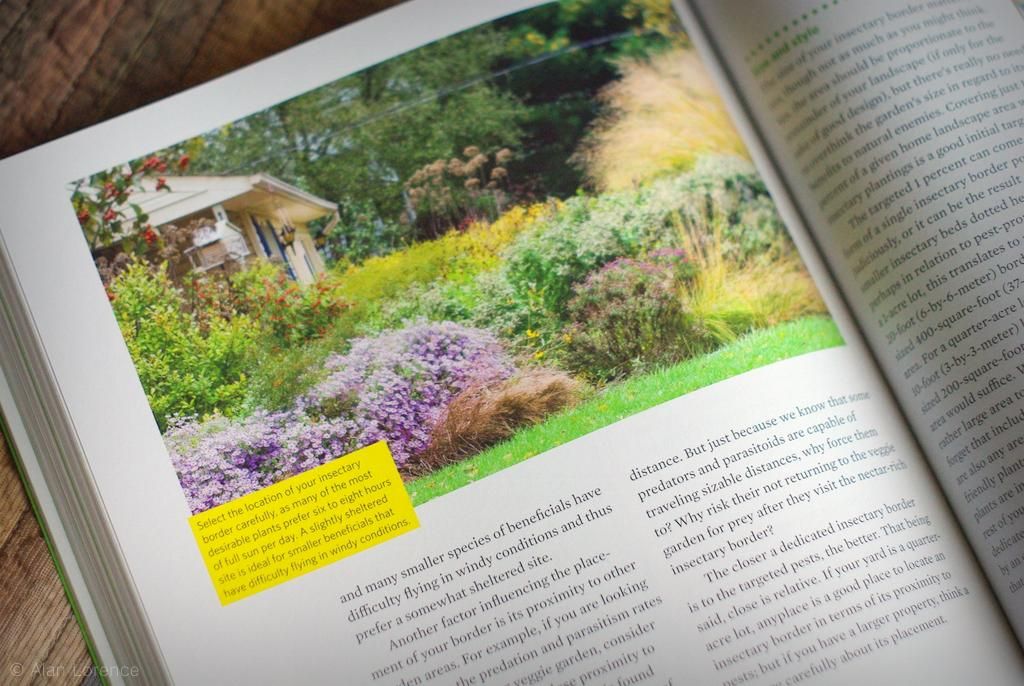
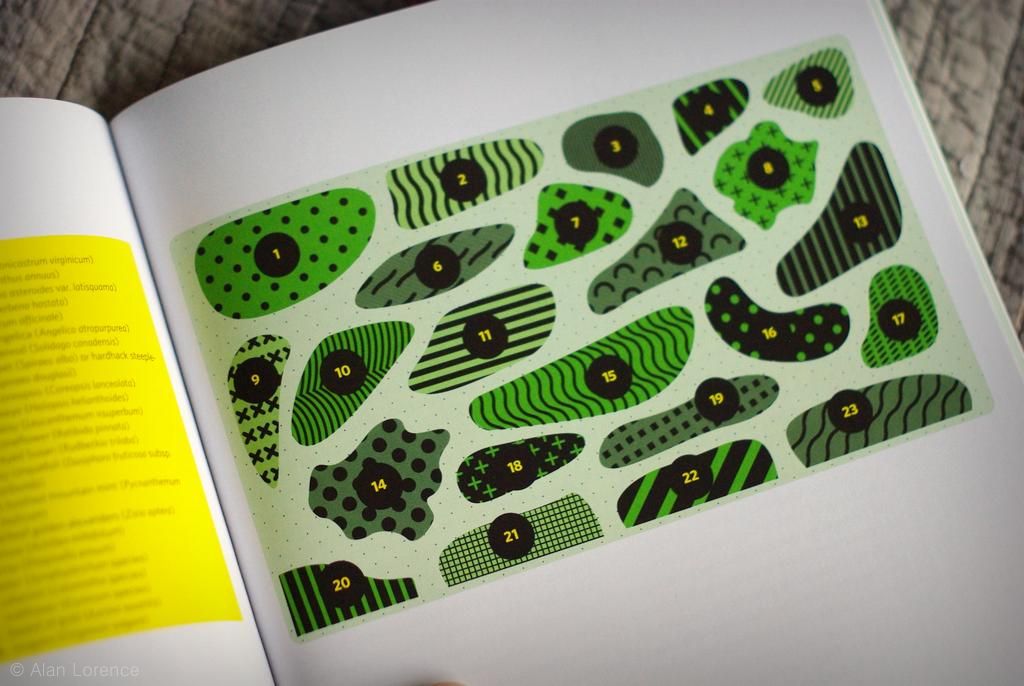
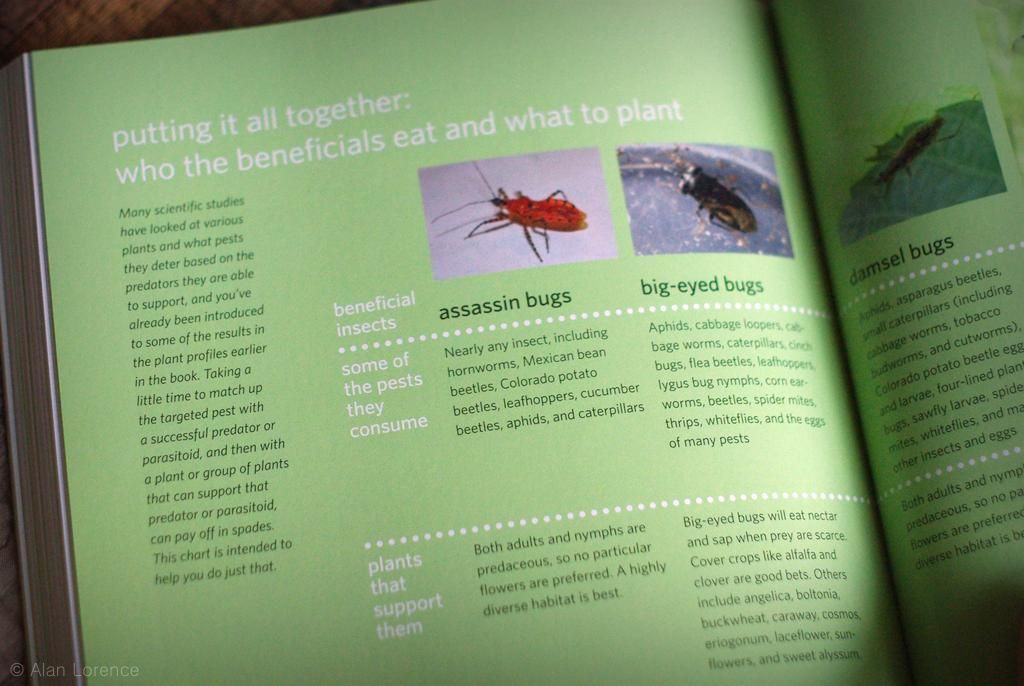
While I'm not a big fan of insects, I'm not surprised this is a such a great book. I've yet to be disappointed by a title published by Timber Press.
ReplyDeleteI have learned to love insects as I have learned to work with nature in my garden. Right now I wonder how is it possible they are all still alive out there with our 12" snow base and below zero temps... again!
ReplyDelete